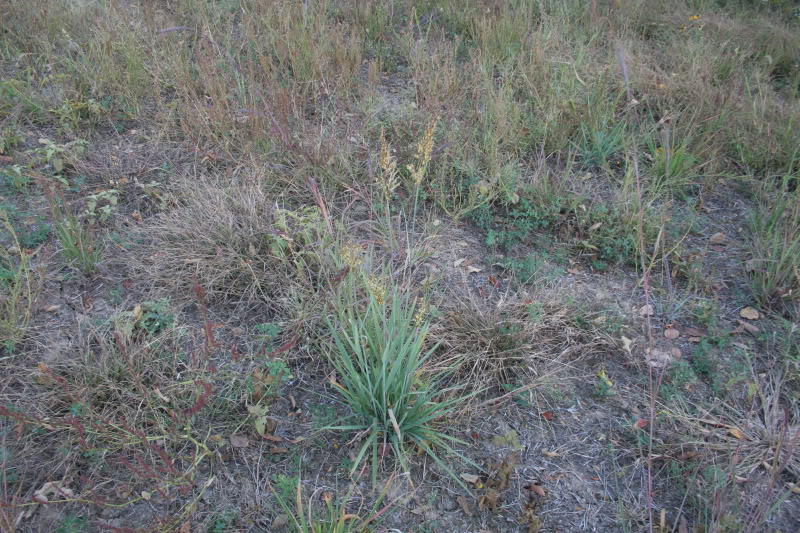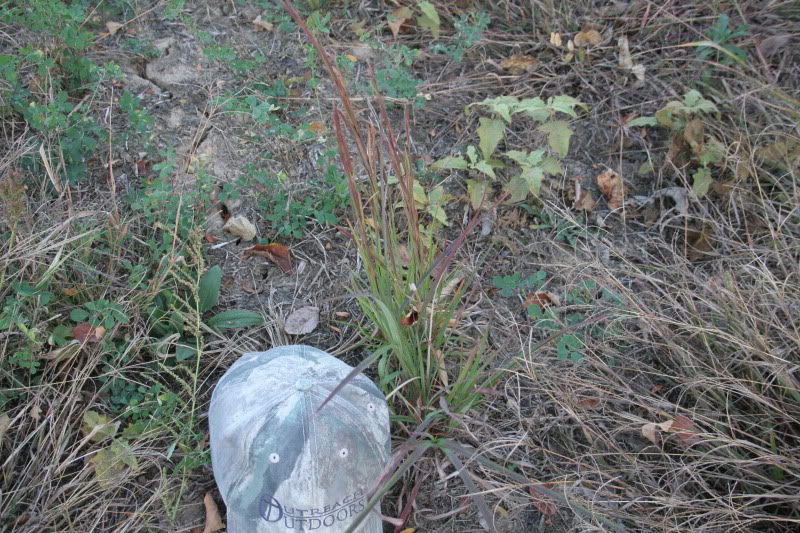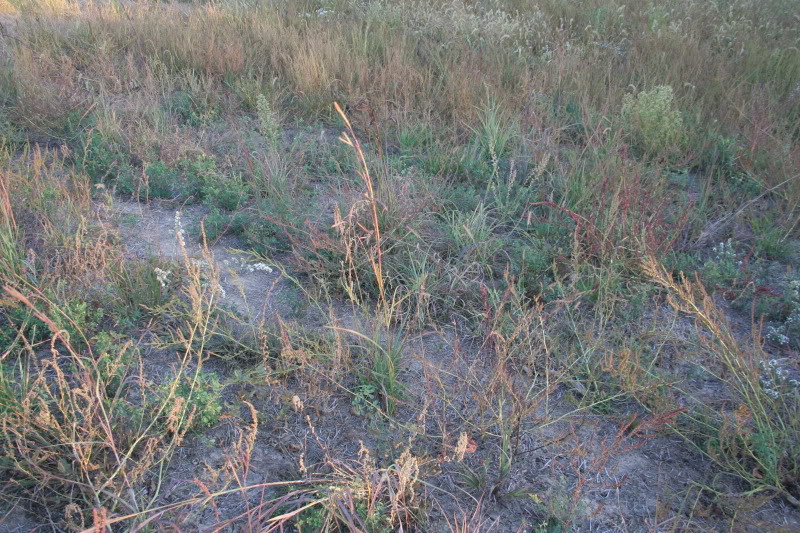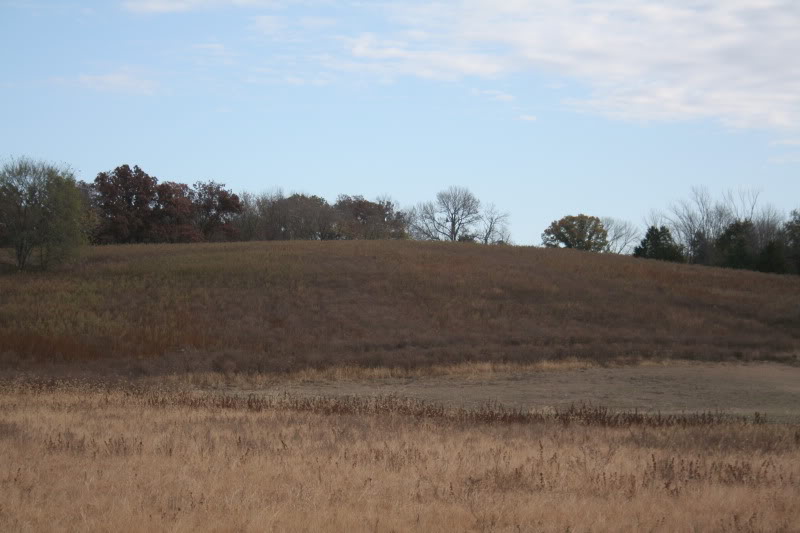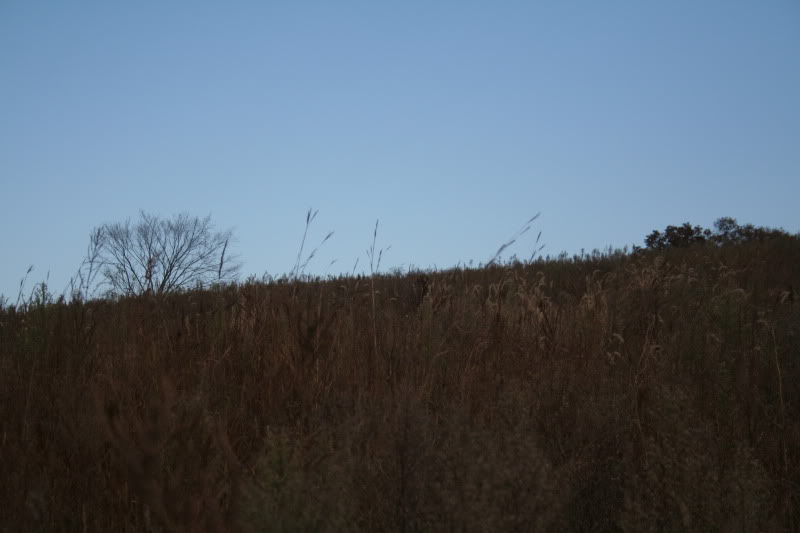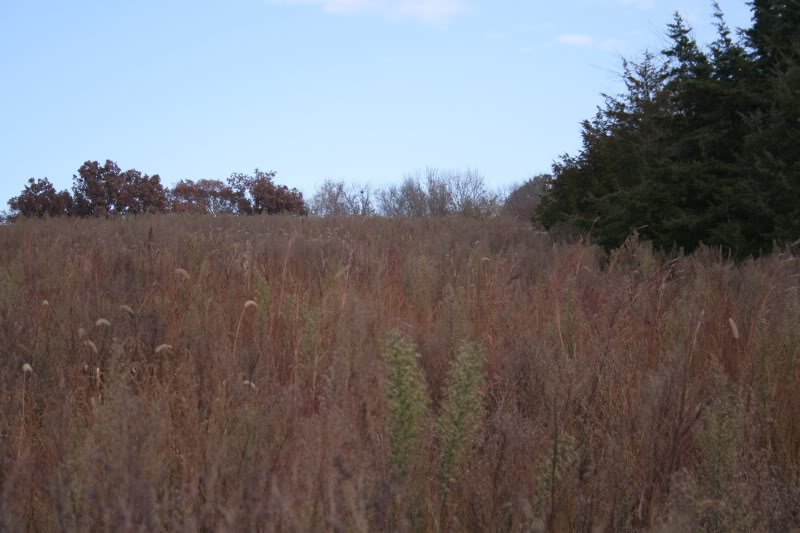Milestone
Does anyone have experience using Milestone during NWSG establishment (Big/little blue and Indian grass...not Switchgrass)?
The DowAgro website says that aminopyralid (Milestone) planted at the time of NWSG seeding will reduce grass stands 25-90%.
But, it says it is OK to use Milestone after secondary root growth, or approx. 45-60 days after germination.
I have read on other threads of someone using a Milestone 4 oz/Plateau 6 oz combo at time of planting. I tried Plateau/Gly this year and was in a jungle in sixty days with literally 6 foot Ragweed over my head in some areas and willow matts in others, without fertilizer of course. The broadleaves are killing me.
I would also be interested to know if anyone has tried a "mid-summer" Milestone spray. Thanks
Does anyone have experience using Milestone during NWSG establishment (Big/little blue and Indian grass...not Switchgrass)?
The DowAgro website says that aminopyralid (Milestone) planted at the time of NWSG seeding will reduce grass stands 25-90%.
But, it says it is OK to use Milestone after secondary root growth, or approx. 45-60 days after germination.
I have read on other threads of someone using a Milestone 4 oz/Plateau 6 oz combo at time of planting. I tried Plateau/Gly this year and was in a jungle in sixty days with literally 6 foot Ragweed over my head in some areas and willow matts in others, without fertilizer of course. The broadleaves are killing me.
I would also be interested to know if anyone has tried a "mid-summer" Milestone spray. Thanks



